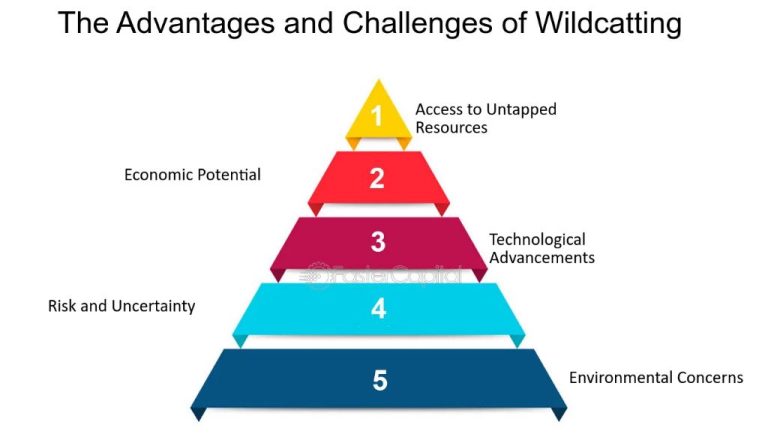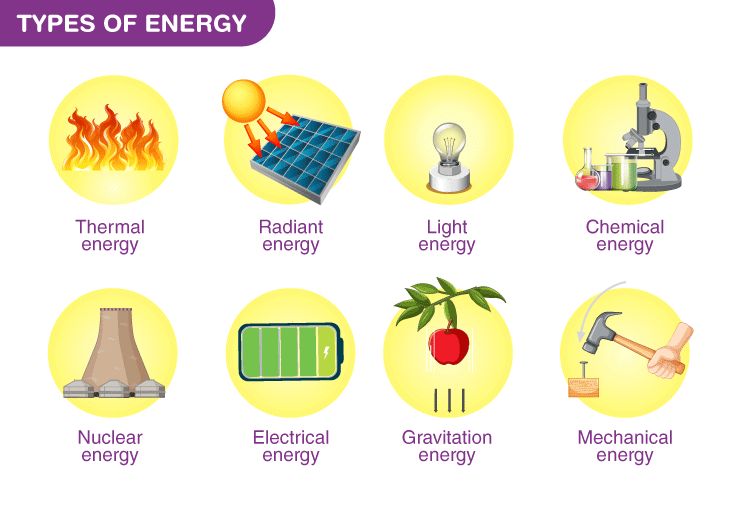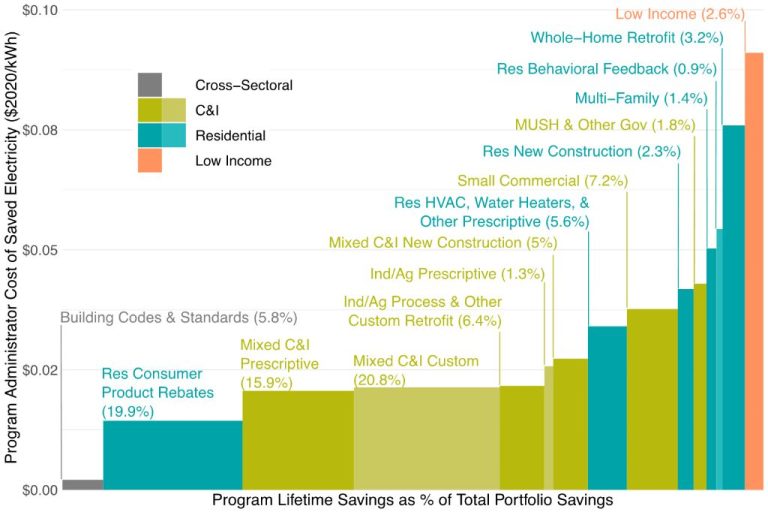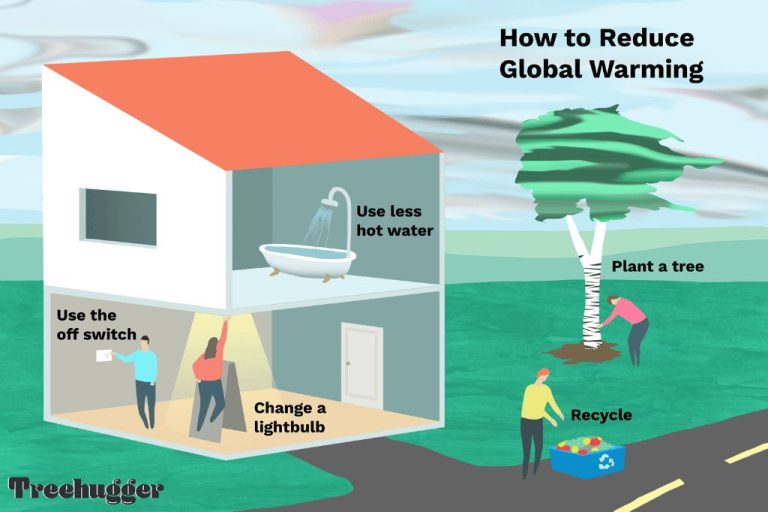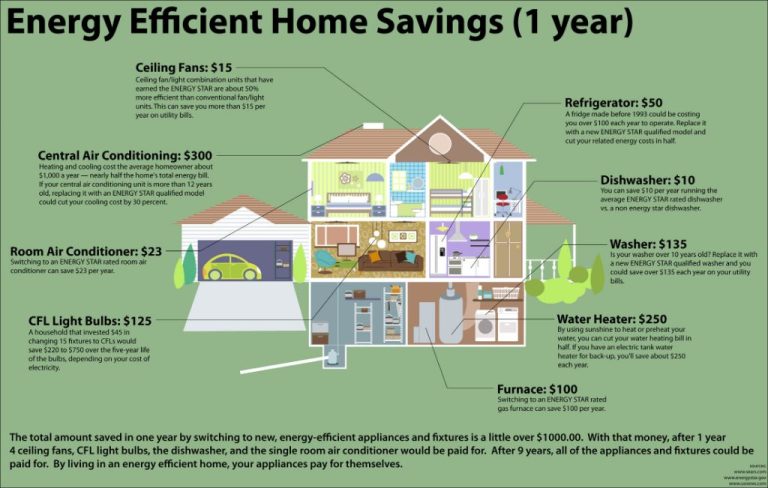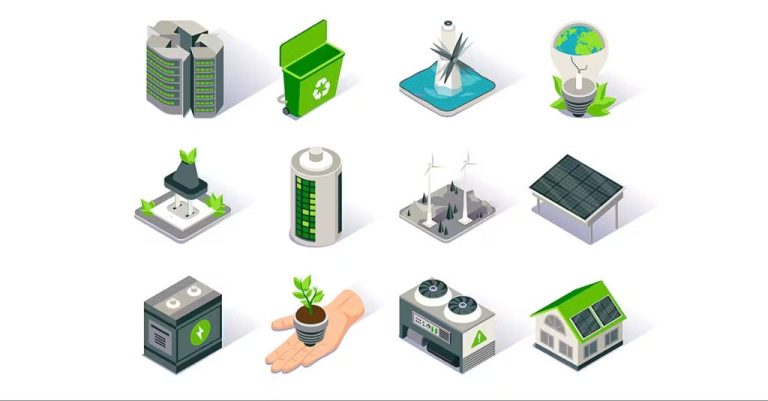How Efficient Is Energy Efficiency?
Energy efficiency has become a hot topic in recent years as concerns over climate change and energy costs have risen. But what exactly is “energy efficiency” and how much can it really help solve our energy problems? This article will explore the nuances around efficiency – how it’s defined, the benefits it provides, and the limitations it faces in moving us to a truly sustainable energy future.
At its core, energy efficiency simply means using less energy to perform the same task or deliver the same service. For example, LED lightbulbs use far less electricity to produce the same amount of light compared to traditional incandescent bulbs. On an individual level, energy efficiency makes utility bills more affordable. But scaled up across homes, businesses, and industry, efficiency has the potential to significantly reduce energy demand and lessen the environmental impacts of our fossil fuel dependence.
But energy efficiency also faces criticism – that it doesn’t deliver the savings promised or that it perpetuates energy waste by making consumption cheaper. Is energy efficiency a panacea for our energy woes, or is its potential over-hyped? This article will analyze the benefits and limitations in order to determine just how efficient energy efficiency really is.
History of Energy Efficiency
The concept of energy efficiency first emerged in the 1970s during the oil crisis. As oil prices rose dramatically, countries sought ways to reduce energy consumption. This led to the creation of new policies and programs aimed at improving efficiency across sectors like transportation, buildings and industry (https://www.usaid.gov/energy/efficiency/building-blocks).
In the 1980s and 90s, many developed countries like Japan, Germany and the U.S. established standards and incentives for efficient appliances, equipment and building practices. Labeling programs like Energy Star were introduced to help consumers identify energy efficient products. Governments also funded R&D into new technologies to further drive efficiency gains (https://www.eai.enea.it/component/jdownloads/?task=download.send&id=583&catid=24&Itemid=101).
More recently, the focus on energy efficiency has intensified due to growing concern about climate change and energy security. Stricter building codes, fuel economy standards, and phase outs of inefficient lighting are examples of new policies aimed at maximizing energy savings and reducing emissions. The development of smart grids and smart meters has also enabled greater monitoring and optimization of energy use (https://www.iea.org/reports/recommendations-of-the-global-commission-on-people-centred-clean-energy-transitions/recommendation-6).
Current State of Energy Use
Statistics show that there is significant room for improvement when it comes to energy efficiency. According to the U.S. Energy Information Administration, the transportation sector accounted for 28% of total U.S. energy consumption in 2019 (1). Most of this energy comes from gasoline and diesel, which are used inefficiently in most vehicles today.
Commercial buildings are another major source of energy use, accounting for nearly 20% of U.S. energy consumption (2). Studies show that HVAC and lighting represent about 75% of the energy use in retail stores and food outlets. Much of this energy is wasted due to poor insulation, inefficient equipment, and improper ventilation and airflow (2).
With smarter energy management and upgraded systems, buildings could reduce their energy usage by 20-30%. Similarly, improving fuel economy in vehicles through new technologies and designs could reduce transportation energy use by over 50% (1). Overall, studies estimate that 30-40% of energy consumption today is wasted or inefficient (3).
Significant opportunities exist to improve energy efficiency in major sectors like transportation, buildings, industry and manufacturing. With focused efforts, energy waste could be cut dramatically while maintaining productivity and growth.
(1) https://www.energy.gov/eere/vehicles/data-and-analysis-transportation-research
(2) https://www.tandfonline.com/doi/full/10.1080/17512549.2014.897252
Benefits of Energy Efficiency
Energy efficiency improvements offer many benefits:
Environmental Benefits
Increased energy efficiency can significantly lower greenhouse gas emissions and other pollutants by reducing energy demand. According to the EPA, buildings account for 39% of CO2 emissions in the United States [1]. Improving building energy efficiency through retrofits, weatherization, and upgrades to lighting, HVAC, appliances can help mitigate climate change and improve public health.
Financial Savings
Energy efficiency upgrades like insulation, high-efficiency heating and cooling equipment, and lighting can reduce energy bills for homes and businesses. The EPA estimates that energy efficiency has saved U.S. consumers more than $800 billion since 1990 [1]. These financial savings can be invested elsewhere in the economy.
National Security Enhancement
Reduced energy demand through efficiency decreases dependence on foreign oil imports. This improves energy security and resilience. The Department of Energy has found that from 2000 to 2014, fuel economy standards for passenger vehicles saved the U.S. about 3 billion barrels of oil imports [1].
Challenges & Limitations
While energy efficiency offers many benefits, there are some key challenges and limitations to consider:
High upfront costs – Implementing energy efficiency measures often requires significant initial investments. Upgrading appliances, vehicles, lighting, building materials, and heating/cooling systems can be quite costly even though it leads to long-term savings.
Difficulty quantifying efficiency – It can be difficult to accurately measure and quantify energy savings from efficiency improvements. This makes it challenging to perform cost-benefit analyses on energy efficiency investments.
Rebound effect – When energy efficiency lowers costs, it can induce greater energy consumption. This “rebound effect” means some expected savings may be offset. For example, studies show 5-15% of energy savings are often lost this way. Strategies like reinvesting the savings into further efficiency can help avoid rebound.
Innovations in Energy Efficiency
There are many exciting new technologies and approaches that are improving energy efficiency in buildings and homes. Smart devices and controls allow for more precision in managing energy usage, while new construction methods like passive housing prioritize efficiency from the ground up (IEA, 2020).
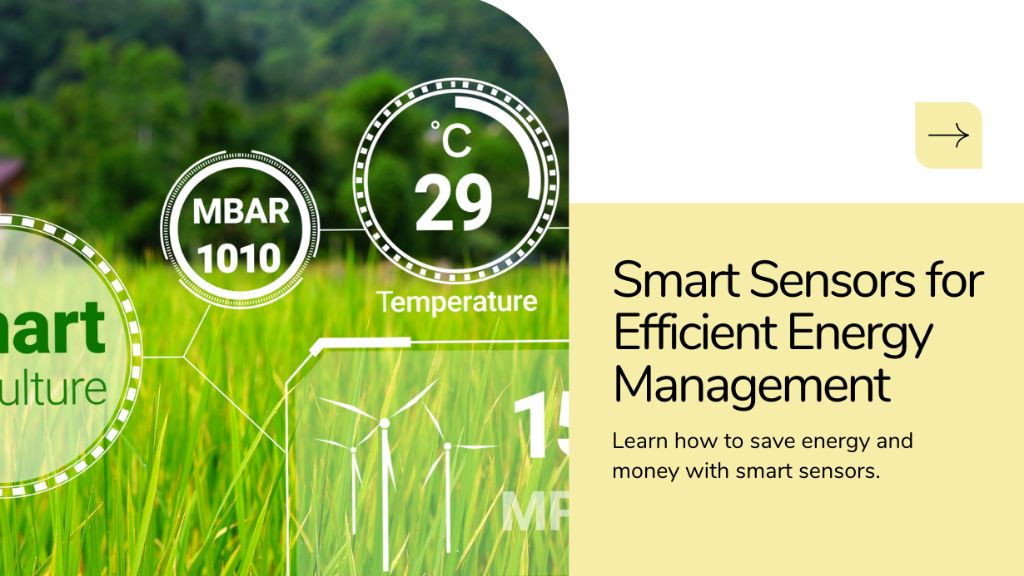
One major innovation is the rise of smart sensors, controls and energy management systems. These networked devices monitor energy consumption in real-time and automatically adjust lighting, HVAC and other systems to optimize efficiency. Smart thermostats like Nest have become popular in homes, while large facilities are installing building automation systems. Studies show smart technology can reduce energy usage 10-20% in commercial buildings (NWCouncil, 2023).
Construction and design methods focused on efficiency are also gaining traction. Passive houses are built using high levels of insulation, airtight envelopes and energy recovery ventilation systems to minimize energy needs. The Passive House Institute has certified over 50,000 units worldwide. LEED certification for green construction also prioritizes energy performance. LEED-certified buildings use 25-30% less energy on average (EnergyEfficiencyImpact, n.d.).
Continued progress in efficiency will rely on research, development and adoption of emerging technologies like these. With informed design and innovative new systems, the energy productivity of our building stock can continue improving in the years ahead.
Case Studies
There are many examples of successful energy efficiency projects that have resulted in significant efficiency gains and financial savings. According to the USAID, PepsiCo was able to reduce energy consumption at a plant in Mexico by over 40% through equipment upgrades, resulting in over $575,000 in annual savings (https://www.usaid.gov/energy/efficiency/examples). Long Wharf Drive in New Haven implemented lighting retrofits, HVAC upgrades, and installed solar panels, lowering energy costs by over $200,000 annually (https://portal.ct.gov/-/media/DEEP/air/energy/CommercialEnergyEfficiencyCaseStudiespdf.pdf). Redaptive helped the San Mateo County Office of Education achieve over $373,000 in annual savings through LED lighting and HVAC upgrades (https://redaptive.com/customers). These examples demonstrate the potential for major efficiency improvements and cost savings through relatively simple upgrades and retrofits.
Policy Recommendations
Policymakers have several options to further encourage energy efficiency, including through tax incentives, subsidies, and building codes.
The International Energy Agency recommends governments provide tax deductions for energy efficiency investments and levy energy or carbon taxes to make energy-wasteful equipment, buildings, and vehicles more expensive than energy-efficient alternatives (IEA, n.d.). Tax credits for energy-efficient appliances, windows, insulation and HVAC systems can also incentivize efficiency improvements in homes and commercial buildings.
Subsidies and rebates for household appliances, efficient lighting, building renovations, and energy audits have proven effective ways to overcome upfront cost barriers to adoption (IEA, 2011). Governments can offer low-interest or interest-free loans for efficiency investments as well.
Building codes stipulating minimum energy performance standards for new construction and renovations ensure long-term savings. The IEA recommends such codes be regularly strengthened and effectively implemented and enforced (IEA, 2021). Performing energy audits and retrofits before selling or renting buildings also promotes efficiency.
Individual Actions
There are many steps individuals can take to improve energy efficiency in their homes and daily lives. Some simple ways to reduce energy consumption include:
- Adjusting thermostats – setting thermostats a few degrees lower in winter and higher in summer can reduce heating and cooling costs. Programmable thermostats allow temperature settings to be automatically adjusted.
- Upgrading appliances – replacing old appliances like refrigerators, washing machines, and dishwashers with ENERGY STAR certified models can significantly reduce electricity usage.
- Improving insulation – adding insulation to attics, walls, and crawlspaces helps keep heated and cooled air in the home. Weather stripping around doors and windows also helps seal air leaks.
- Switching to LED lightbulbs – LED bulbs use at least 75% less energy and last much longer than traditional incandescent bulbs.
- Utilizing power strips – plugging appliances into power strips allows them to be completely shut off when not in use, eliminating standby power consumption.
- Washing clothes in cold water – washing clothes in cold water saves electricity otherwise used to heat the water.
- Opening blinds – letting sunlight in during cold months can warm homes naturally and reduce reliance on heating systems.
With some simple upgrades and changes in habits, individuals can significantly improve home energy efficiency and reduce costs.
Conclusion
In reviewing the potential benefits and limitations of energy efficiency and conservation, it’s clear there are significant opportunities to reduce energy waste and lower emissions through improved efficiency across sectors. Widespread adoption of energy-efficient technologies, processes, and behaviors in buildings, transportation, industry and manufacturing can lead to reduced energy bills, enhanced competitiveness, improved air quality and health, and lower carbon emissions.
However, there are persistent barriers around upfront costs, lack of information, market failures and misaligned incentives that can hinder energy efficiency. Careful policy design and targeted programs are needed to unlock the full potential of efficiency. Individual actions also matter in changing social norms and driving collective impact. Focused innovation in new materials, data analytics and systems optimization will further advance energy productivity.
In answer to the core question of “how efficient is energy efficiency,” the evidence shows it can deliver multiple economic, social and environmental dividends. But realizing its full promise requires thoughtful policies, strategic investments, new technologies and changes in individual and organizational behavior. With concerted effort across sectors, energy efficiency can play a leading role in building a clean, prosperous low-carbon future.

